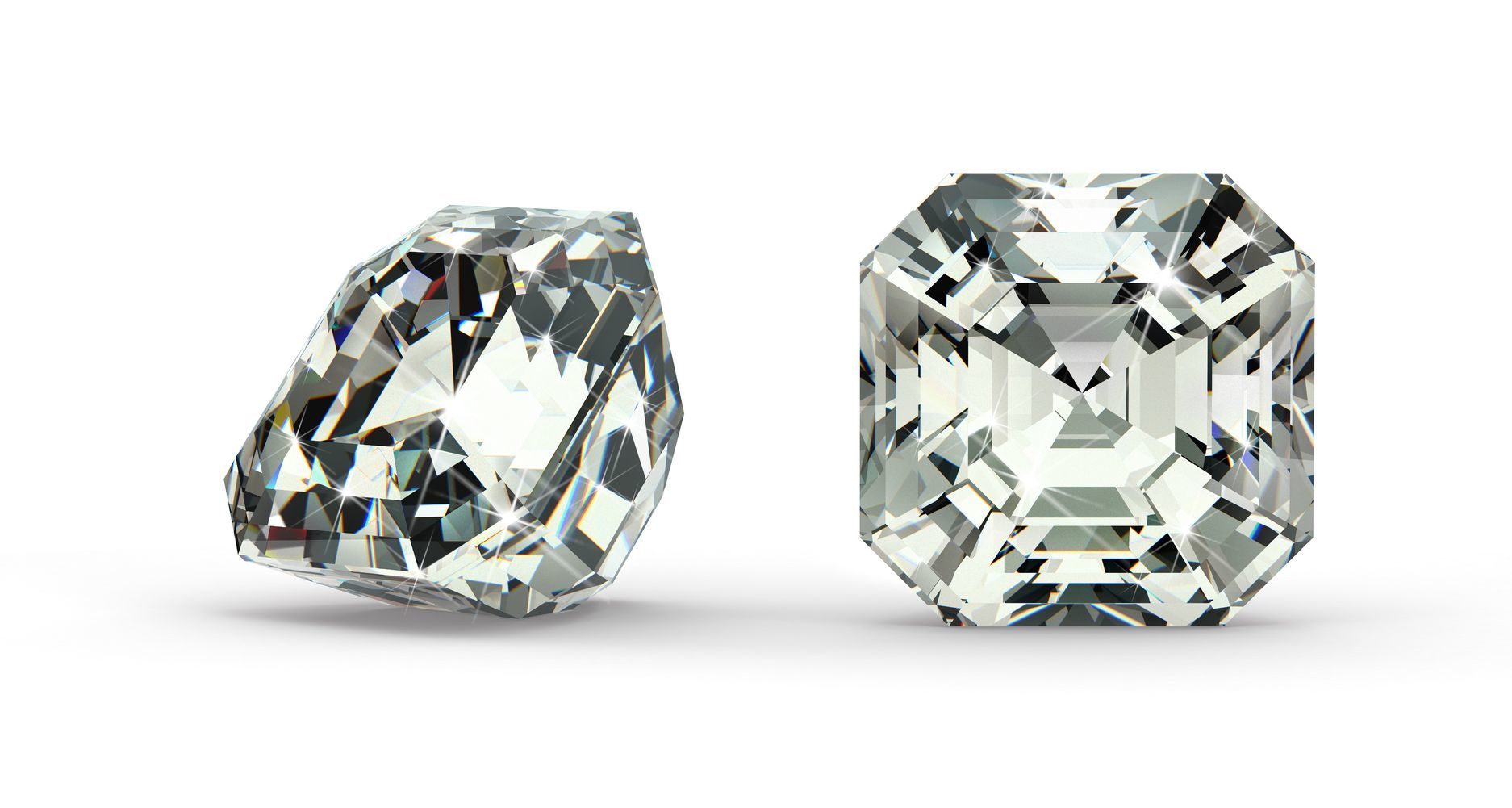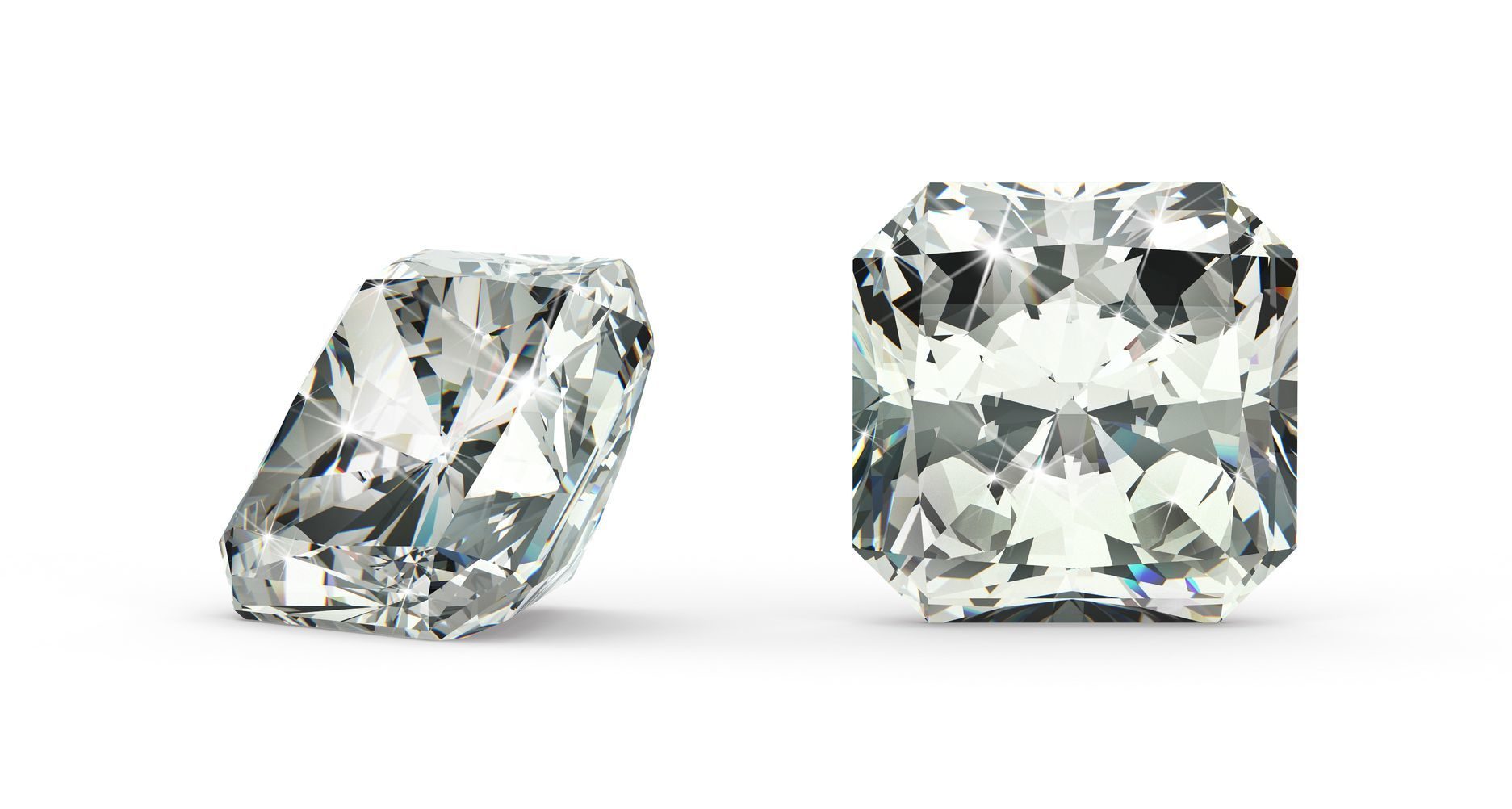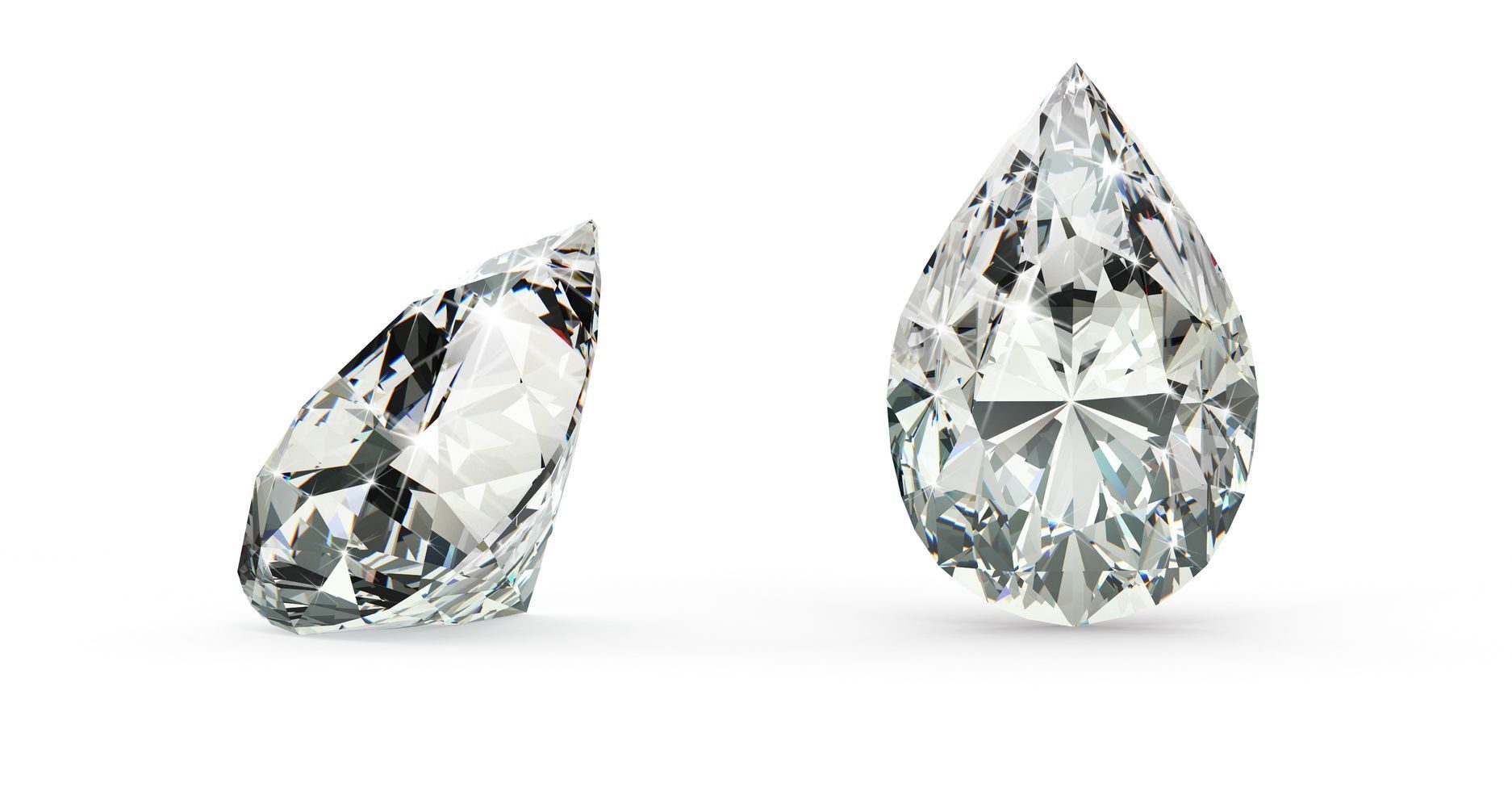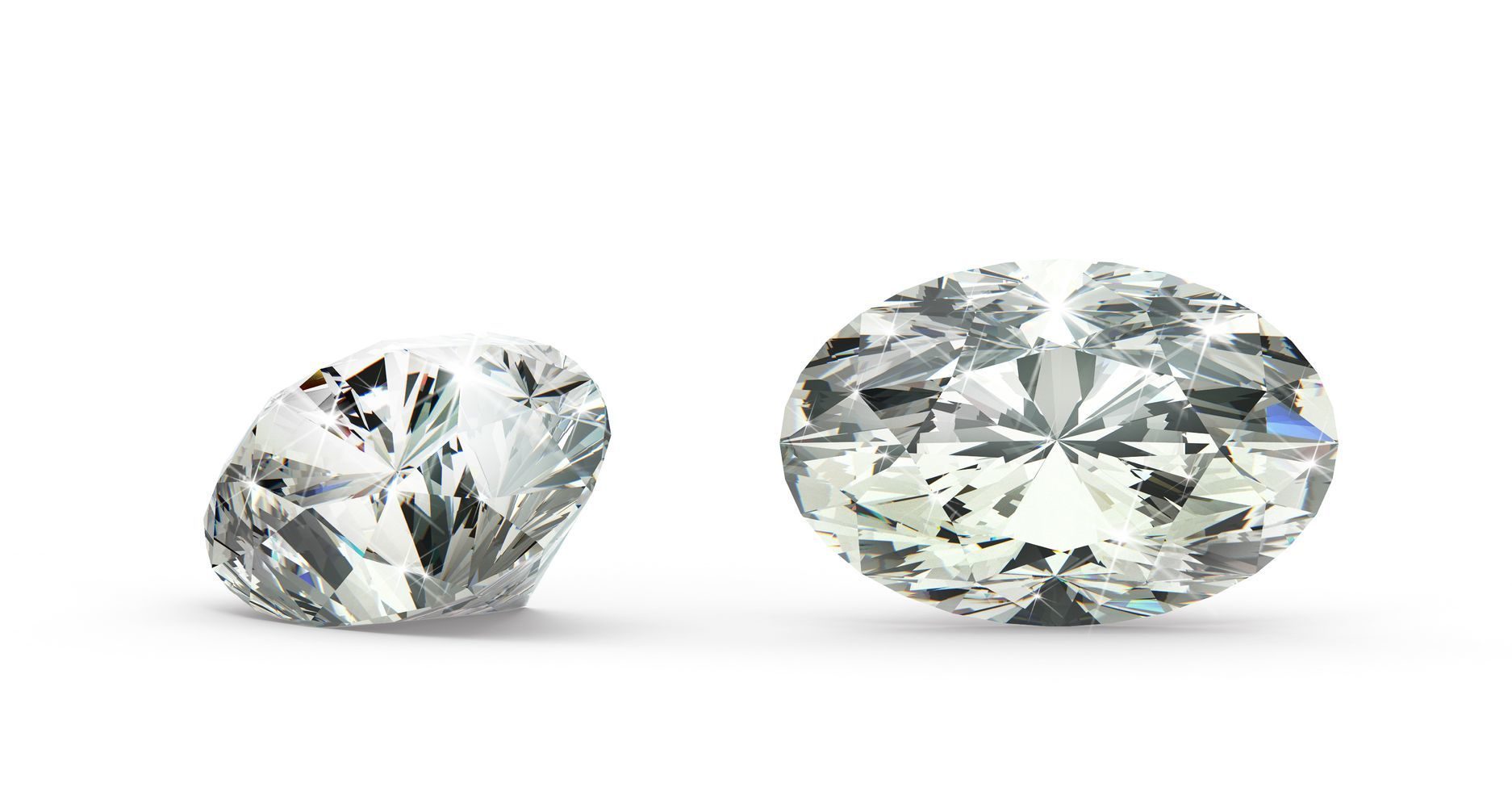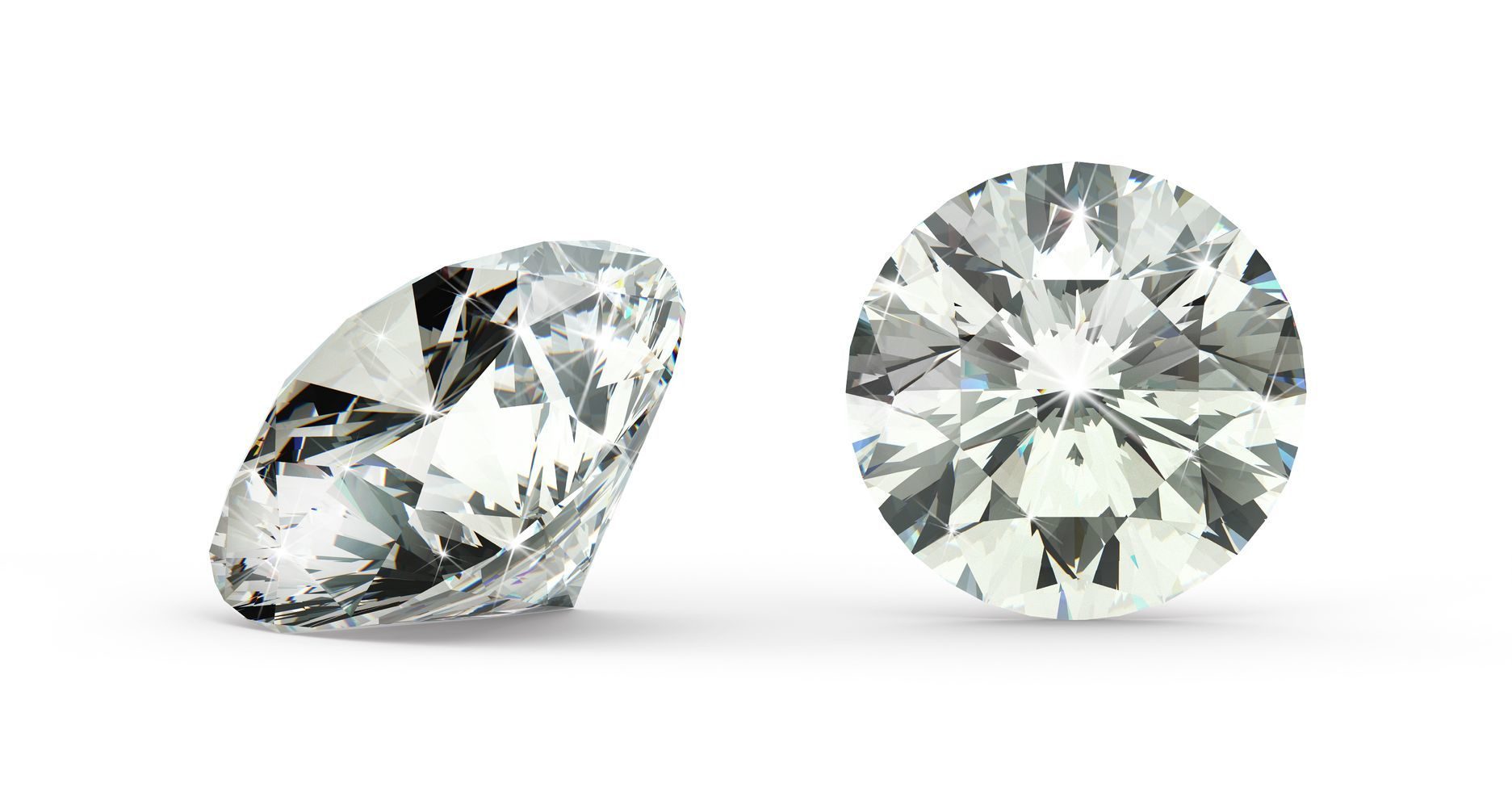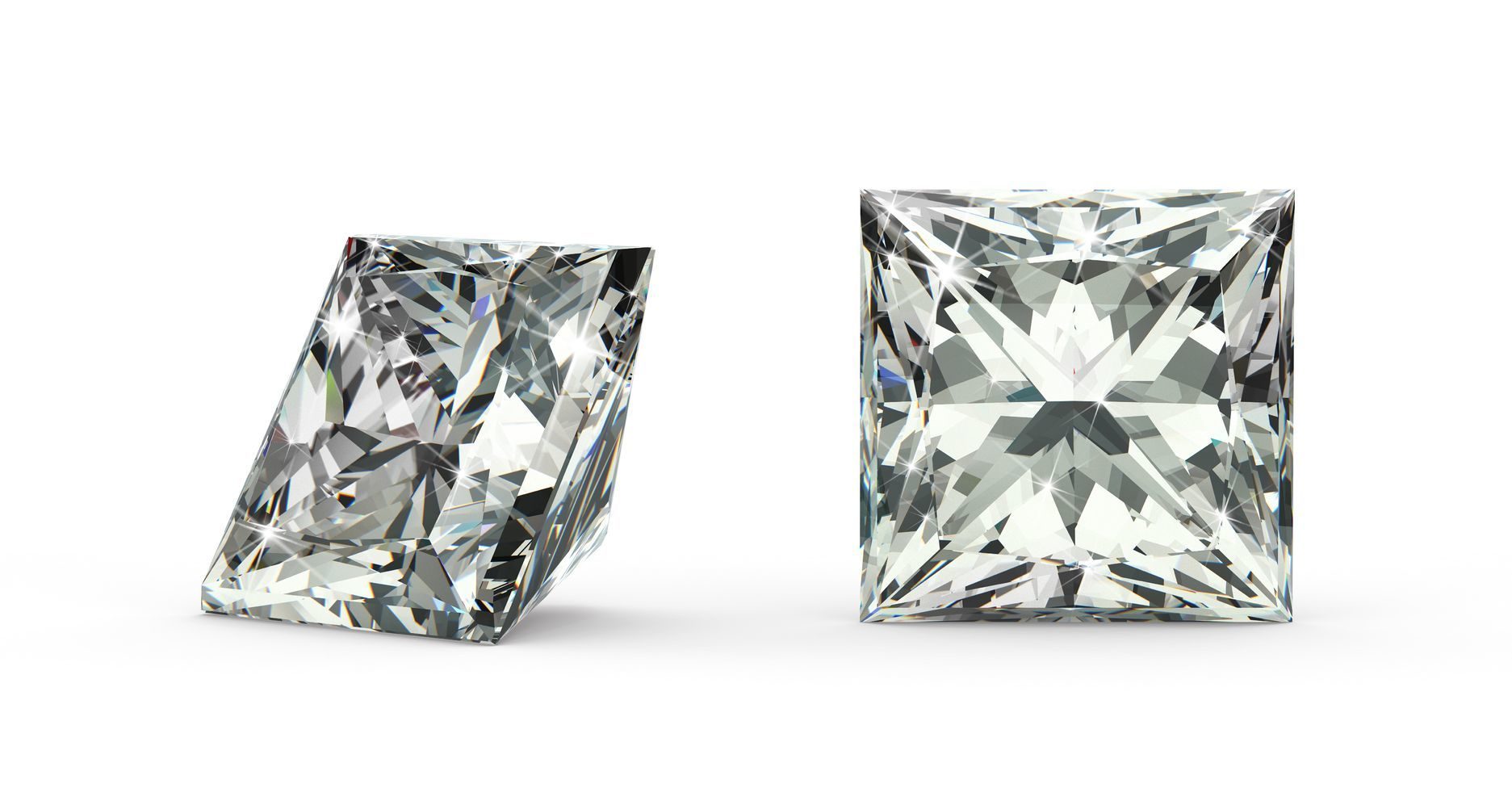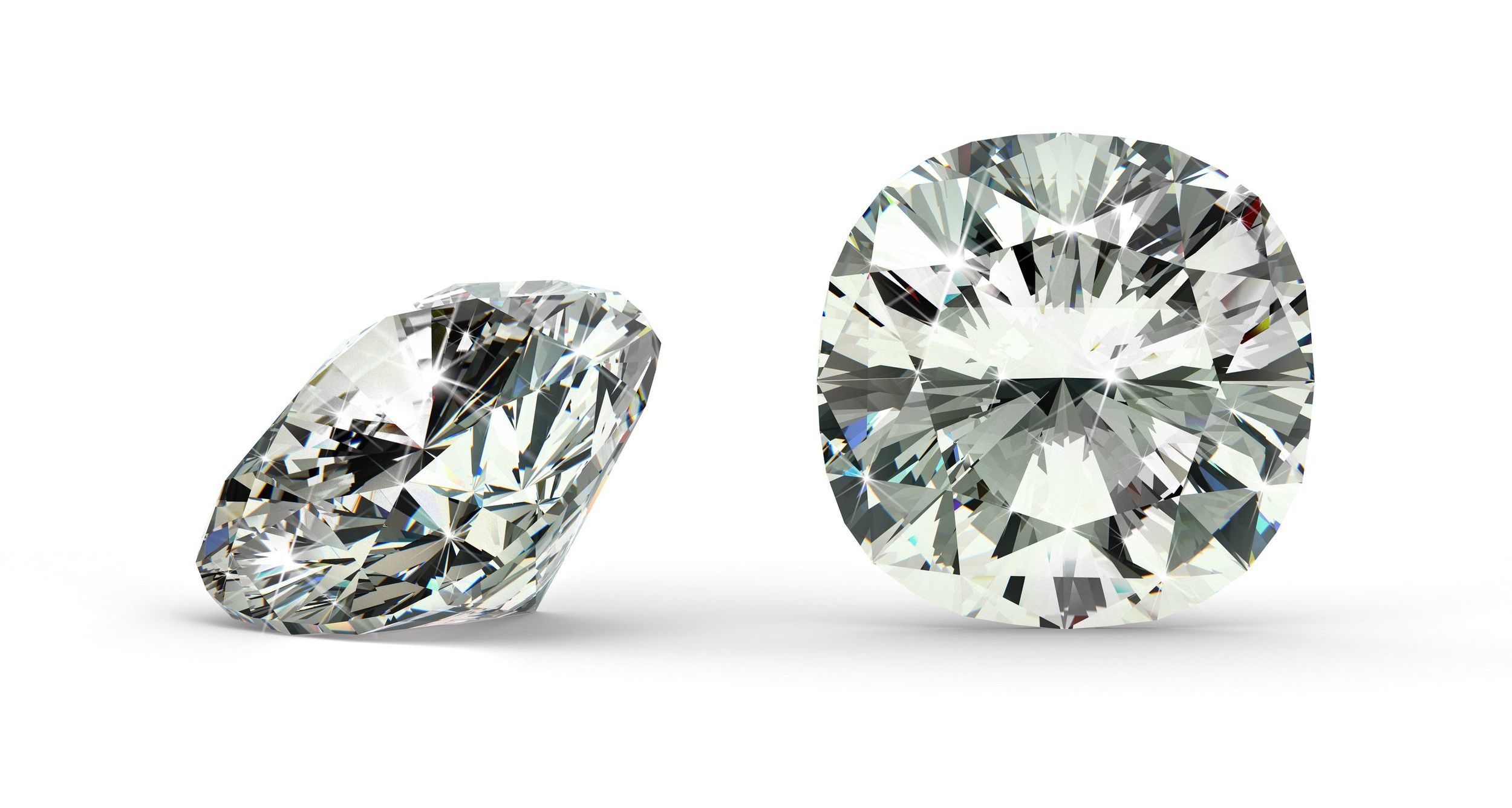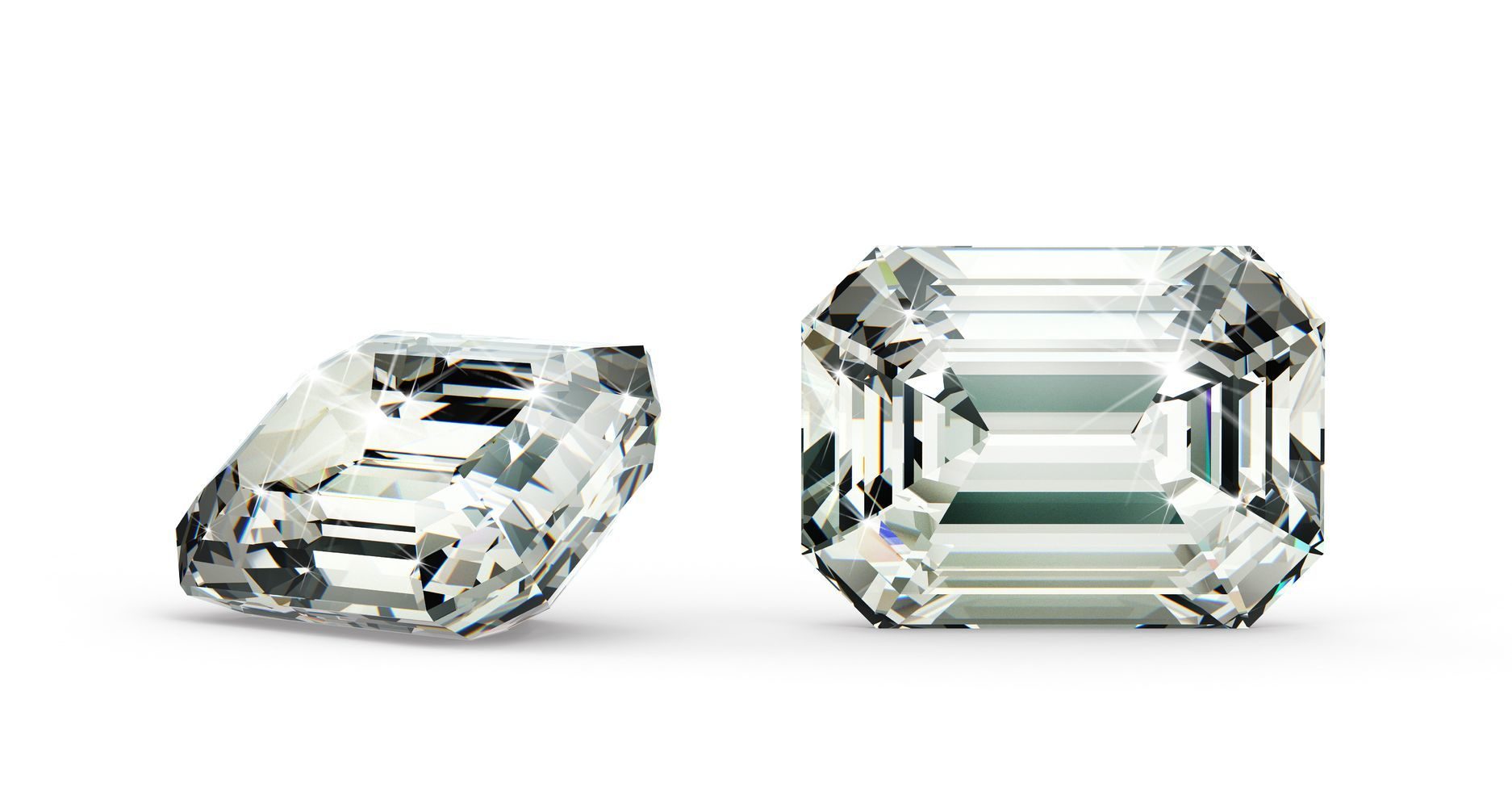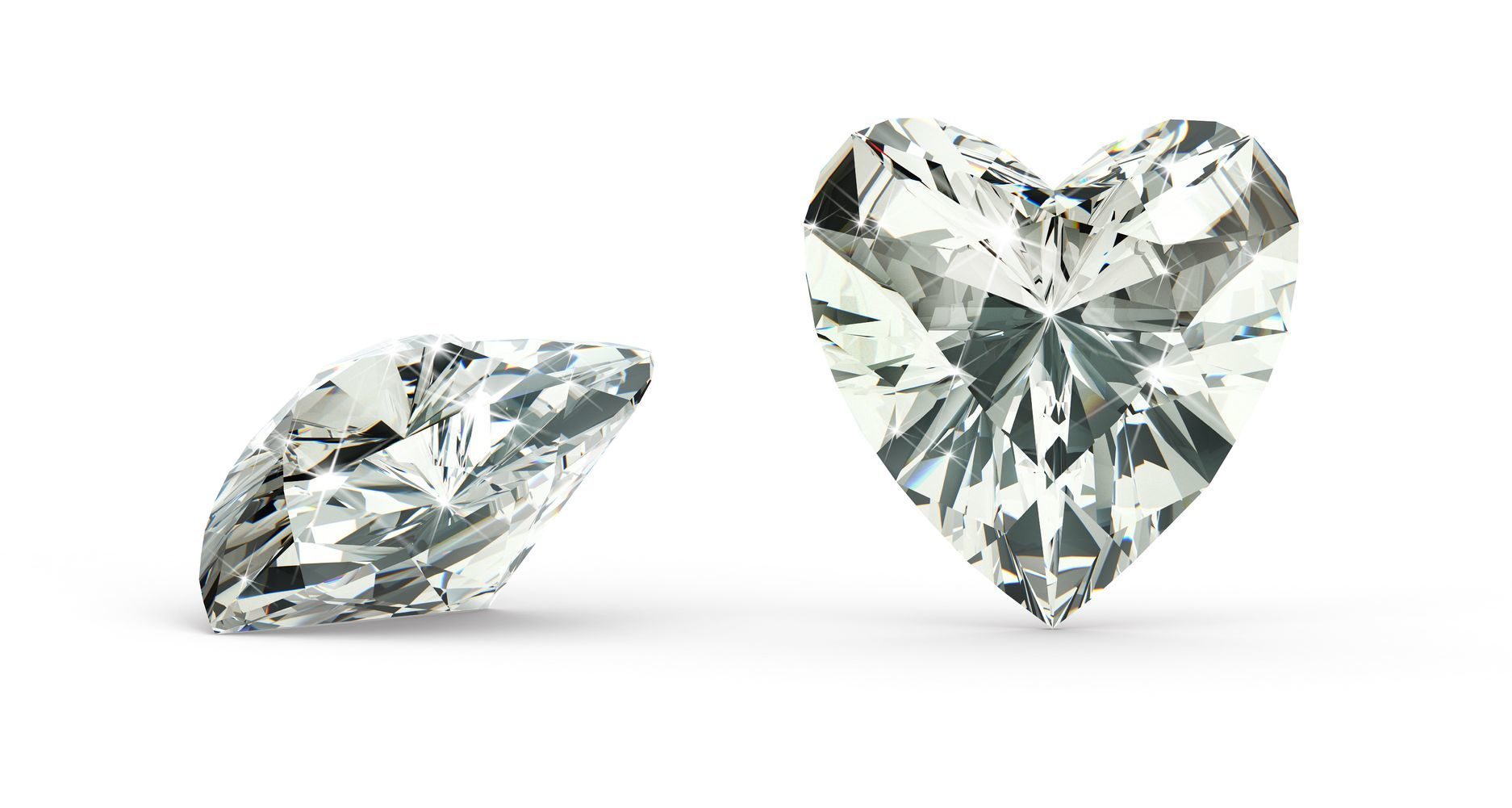Round Brilliant Cut
The round brilliant cut is the most popular diamond shape. It accounts for almost 75% of all diamonds sold. It has been the centre of controversy for over 100 years, as diamond cutters and mathematicians strive to develop calculations to optimise diamond brilliance and fire.
The basis of the round brilliant cut as we know it today was developed in 1919 by Marcel Tolkowsky. It consists of 58 facets (57 if the culet is excluded). The design has been modified over time with advances in technology.
The stone is divided into three main components – the crown height (top) and the pavilion depth (bottom), separated by the girdle (the thin strip in the middle that ensures durability). The crown is made up of 33 facets – the table (1), star (8), kite (8) and upper girdle facets (16). The pavilion (lower half) depth is made up of 25 facets – the lower girdle (16), pavilion facets (8) and a culet (1). The round brilliant cut diamond costs more than fancy-shaped diamonds for two reasons. Firstly, there is a higher demand for them. Secondly, their yield is very low as there is more wastage in cutting a round diamond. The round brilliant cut is the only shape that has a “cut” grade; all fancy shapes are only graded for “polish” and “symmetry”.
The correlation of angles between the crown and pavilion is what produces a breathtaking diamond. This brilliance created by ideal proportions makes the round diamond a classic and a great choice for use in engagement rings, pendants and diamond earrings.
At Kalfin Jewellery, we only use round brilliant cut diamonds with a minimum cut grade of Excellent. For expert advice and guidance in exploring your choices, we welcome you to arrange an obligation-free consultation at our Collins Street boutique in the Melbourne CBD.
Visit our Melbourne Studio
The region became culturally distinguishable from the Lowlands from the later Middle Ages into the modern period.

